Fulfillment and Supply Chain Trends to Watch For in 2020
At this time of year, it's not uncommon to see various predictions pop up around what's happening in our industry and expectations for the next twelve months. However, this change of calendar is more consequential than most, as it marks not just another year but a new decade dawning.
There's no denying that things have changed significantly over the last ten years (this blog didn't exist, for one thing!) The retail world has been disrupted in almost every sector, primarily by Amazon but with new brands and digital startups also shaking things up.
Meanwhile, technology has evolved to such a degree that consumers can shop almost anywhere, any time, and expect to see their purchases within a couple of days, if not hours in some metropolitan areas.
Against that backdrop of consistent disruption and game-changing technology, what can we expect to see around the supply chain, retail, and eCommerce spaces as we move into 2020?
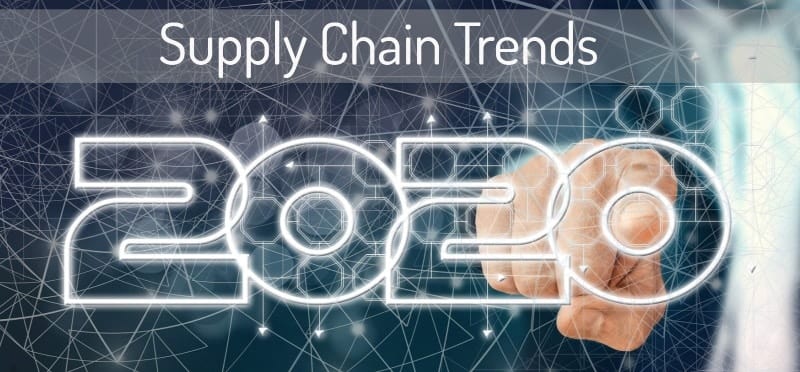
2020 Supply Chain Trends and Predictions for the Decade Ahead
As a forward-thinking brand, it pays to think ahead and ponder the factors that will impact your business in the near future. These are some of the areas we expect to see influence our industry and associated sectors over the next year and beyond:
- Flexibility and responsiveness underpin frictionless fulfillment.
- Intense focus on sustainable supply chains.
- Real estate returns as a fulfillment advantage
- Talent becomes more important than technology.
- Robotics and Artificial Intelligence gain prominence.
Let's take a look at each of these supply chain trends in more detail to understand how they might influence your business.
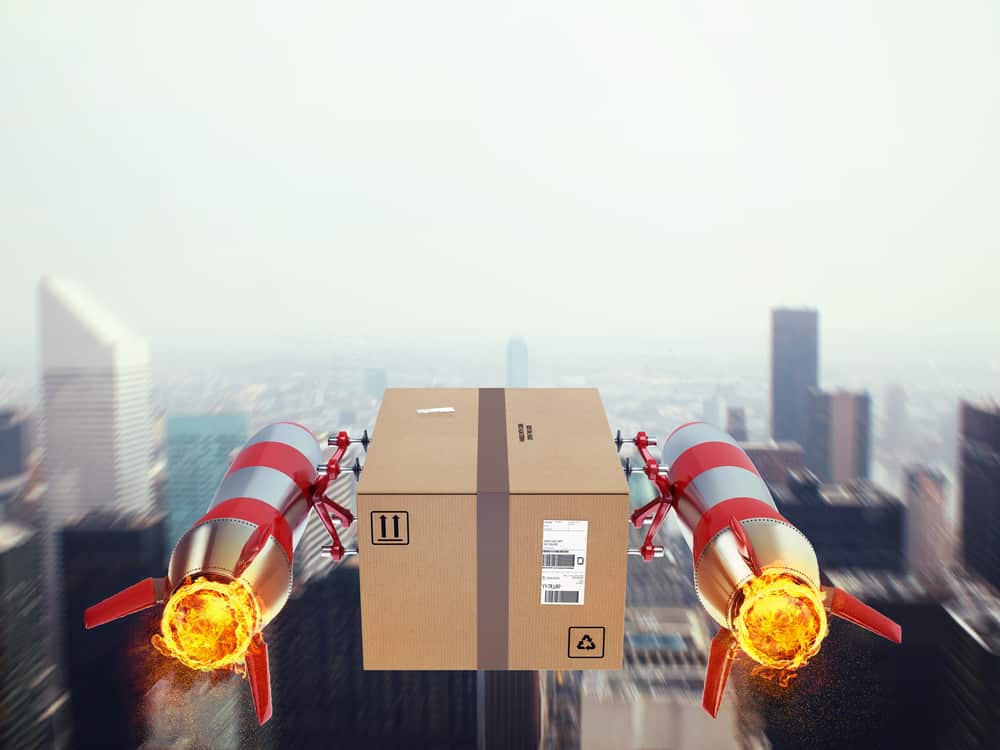
Delivering Frictionless Fulfillment
From our perspective, nothing could be more important as the new decade gets underway than for companies to commit to frictionless fulfillment.
We looked at delivering a frictionless customer experience in the context of CPG brands last year, but this is a concept that needs to be embraced by brands in every sector.
Part of the urgency for this requirement is driven by the so-called "Amazon effect," which has ushered in the expectation of rapid delivery with minimum effort. While the costs of this shipping strategy may prove untenable in the long-term, at least in terms of same-day delivery, the desire for a seamless order experience is one that every customer has the right to expect.
In practice, that means a move to more "elastic" fulfillment solutions, able to bend and adjust to a dynamic marketplace. If a pop-up sales event demands that customers be able to order online but pick up their product at a previously unestablished location, for example, a brand and its fulfillment partners will need to have the flexibility to deliver.
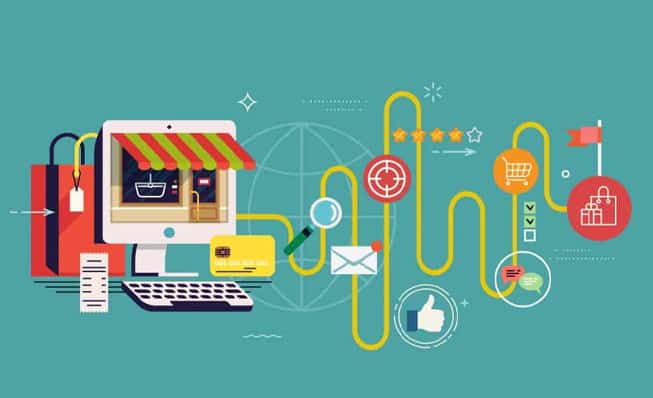
In the case of Amazon, this typically equates to throwing large sums of money at its myriad delivery solutions and absorbing excessive costs to keep customers happy. For companies who want to live up to their brand promise but still need to keep costs in check, it is likely to mean closer working relationships with their fulfillment team.
This could be a blend of internal expertise guiding external service providers or, as is becoming increasingly common, we can expect to see more brands turning from basic service providers to more comprehensive fulfillment partners. The latter will offer a wider range of services and take time to understand individual businesses, which puts them in a better position to bend to the needs of that brand and help it to scale more effectively.
Serious Sustainability
If the last decade showed private companies clearing their throat when it comes to sustainable supply chains, the 20's must be the one where they start to harmonize every aspect of the business to reducing its environmental impact. Issues related to climate change are moving from a passing acknowledgment to customers demanding direct action, with the potential to sink brands who fail to heed those demands.
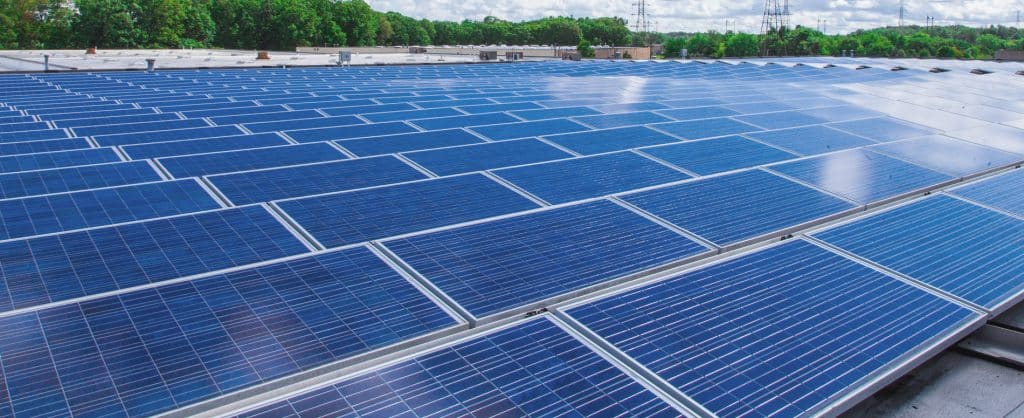
What does this mean in practice? Quite simply, companies will no longer be able to tinker around the edges of sustainability.
Initiatives like ethical sourcing and recycled packaging will become table stakes, with brands who want to truly show their green credentials taking on far more ambitious projects. These could include:
- Implementing plans to achieve carbon neutrality by a specific date.
- End-to-end sustainability, from product manufacturing and sourcing, through transportation, repackaging, and final delivery.
- Eliminating single-use plastics from every stage of the supply chain.
- Encourage and empower employees at every level of the organization to devise their own sustainability initiatives.
- Create programs that move brands towards supply chains for a circular economy.
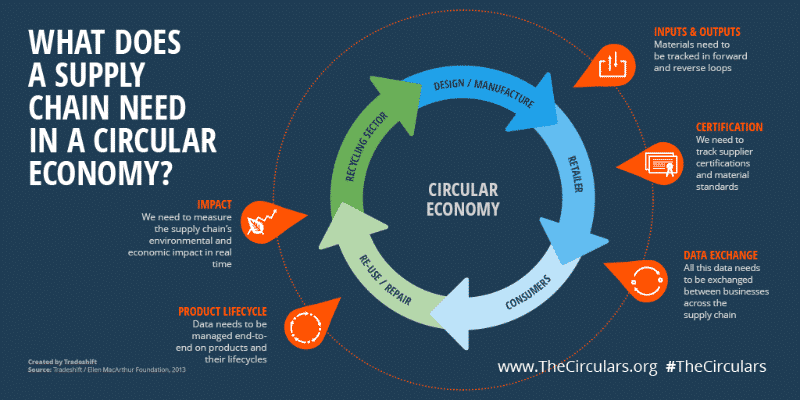
Image Credit: TheCirculars.org
Furthermore, no individual project will be enough to convince customers that a brand is sustainable. Rather, a portfolio of projects with tangible outcomes will form the basis for evaluation, with an expectation that the practices will become ingrained in the company's operations as the decade progresses.
Realizing the Value of Retail Real Estate
At various points over the past decade, brick-and-mortar stores have been portrayed as a noose around the neck of established retail brands. With previously household names such as Sears and Toys R Us filing for bankruptcy it's not hard to see why, but
While no-one is writing off the value of commercial real estate in general, its value in terms of satisfying changing customer preferences has been seem more as a cumbersome drag factor than competitive advantage.
As Walmart and Target are starting to show, that could change over the next few years.
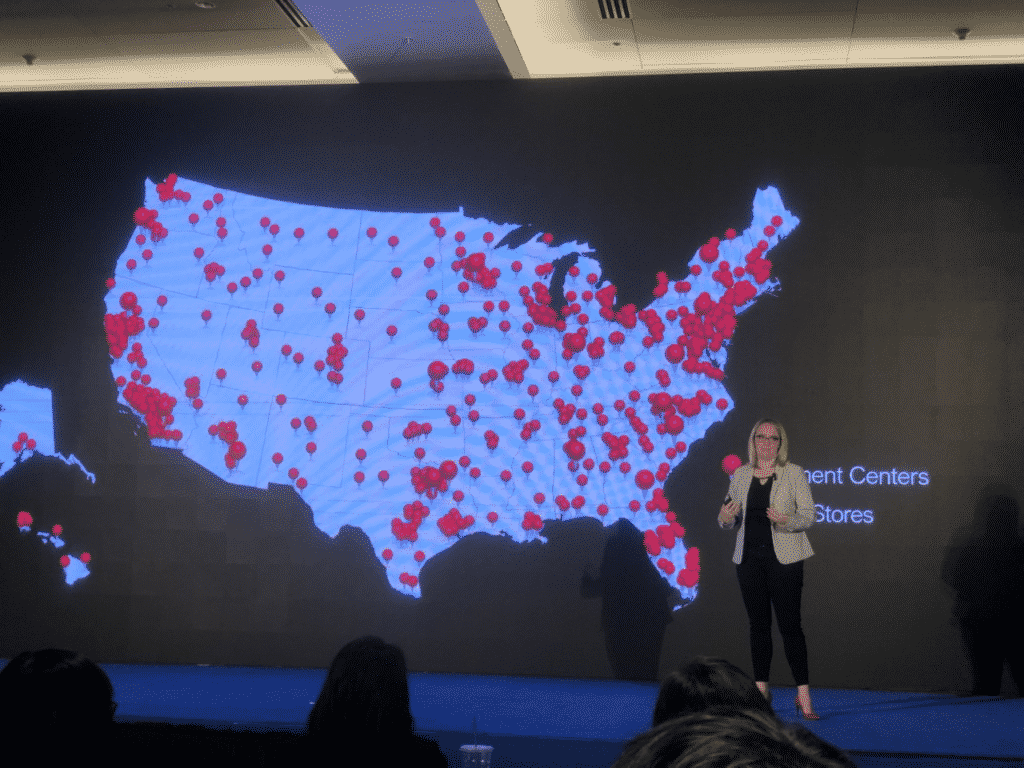
Target's SVP of Supply Chain Engineering, Gemma Kubat, at NAEOS19
We touched upon briefly in our NAEOS19 event recap last year: physical retail stores are increasingly seen as key assets in the race to offer better fulfillment for customers. A big box retailer's existing commercial real estate footprint provides ready-made storage and distribution hubs within reach of most key markets in North America.
While Amazon is feverishly to meet its ambitious fulfillment promises and spending a fortune to facilitate costly returns in 2020, retailers will be recalibrating their existing bricks-and-mortar presence. If any of them strike the right note, they stand to deliver a more seamless customer experience that blends the ease of online shopping with the appeal of real-world service and returns.
Supply chain trends in this case show the ebb and flow of a dynamic retail sector. Far from being an anchor holding established retailers back in 2020, with a little creative supply chain management bricks-and-mortar stores could become the strong spine of a spirited push back against Amazon's online dominance.
Robotics and Artificial Intelligence in the Supply Chain
If you've attended any trade shows aimed at retail, fulfillment, or eCommerce operations professionals recently, you've probably noticed the rise of the robots. As apocalyptic an image as that phrase conjures up, the reality of robotics in the supply chain is an exciting vision of greater efficiency, accuracy, and employees freed from repetitive tasks to explore their potential in the workplace.
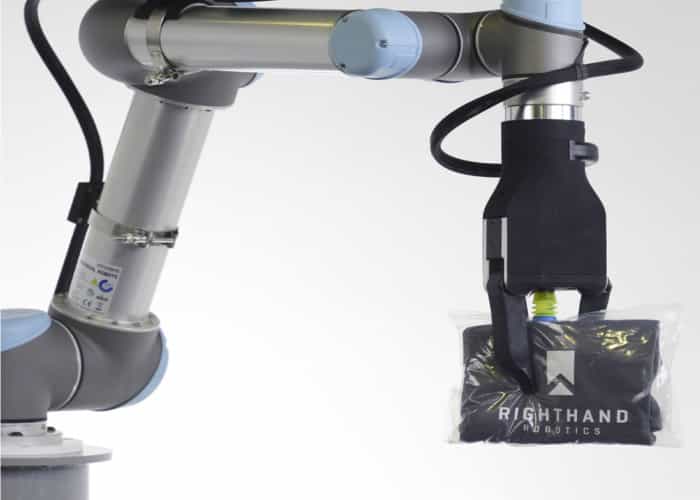
With the acceleration of robotic technology and its potential to facilitate the frictionless customer experience we covered earlier, it should come as no surprise that fulfillment companies around the world are investing heavily in this area. Our own partnership with Righthand Robotics, based in the futurist-friendly hub of Greater Boston, is one such example and our clients are already seeing the benefits.
Artificial intelligence (AI) is perhaps a little behind robotics in terms of real-world results, but its possible applications loom large over the field of supply chain management in the years ahead.
AI holds the potential to algorithmically automate key operations by analyzing and optimizing data from previous processes. Pattern identification and predictive analytics can also remove much of the "best guess" element from the world of supply chain planning, limiting the potential for human error and enabling more rapid adjustment to changing marketplace conditions.
Once again, here supply chain trends intersect with the wider need to respond more quickly to consumer requests without disrupting the flow of products or services. Leveraging new technology to make that happen will be an important part of achieving operational success in the years ahead, but we can't rely on the tech alone, hence our fifth and final observation.
Talent Over Technology
When covering our industry, it's common for the media focus to settle on supply chain technology and exciting advances like fulfillment robotics or augmented reality. Indeed, we just did exactly that with the previous item!
This makes sense from the perspective of creating compelling headlines, but it fails to tell the whole story as to how new technology continues to change supply chain management. For that, we have to prioritize the people who use that technology.
Hiring the right talent to make use of the latest supply chain software and fulfillment equipment will become increasingly important in the years ahead.
As we've seen in the world of web development, access to the latest, greatest hardware and software means very little if you don't have people in place able to monitor, maintain, and improve it. Companies have had the ability to create exceptional eCommerce websites for many years now but there are many who have failed to do so, either because they lacked the in-house expertise to recommend site enhancements or couldn't find the right talent to keep it running smoothly, even if they did have that vision.
Similarly, the latest supply chain technology won't help a great deal if it is adopted in isolation or, worse still, has no-one in place to implement and guide its development within your organization.
This makes effective recruitment and a compelling work environment two of the more overlooked factors in positioning your company for the next ten years. Get HR aligned with your engineering and IT teams to ensure the talented people you need are in place, preferably before new technology is selected and rolled out across your organization.
Although the challenges of today's dynamic and increasingly complex marketplace will only increase as the decade progresses, establishing your company's priorities and processes now - as well as employing the right people to execute them - will go a long way to help your business prepare. Make 2020 the year you get ahead of the supply chain trends above, before they get ahead of you!